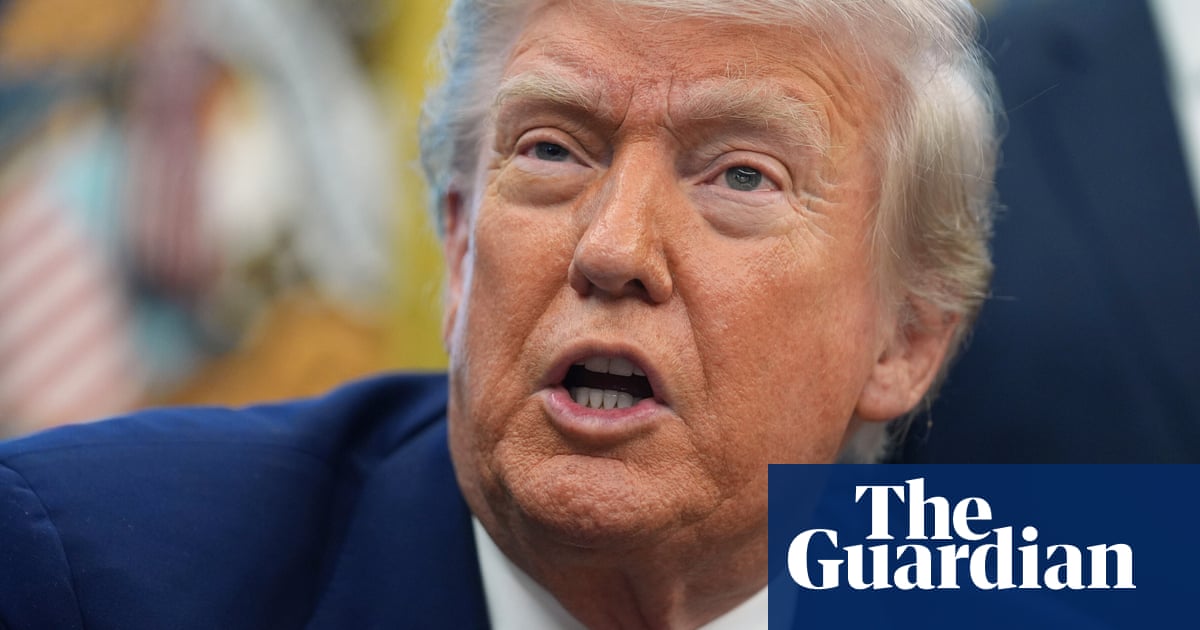A Turning Point in Trade: The Legal Challenges to Trump’s Tariffs
Background on Tariffs and Trade Policy
Tariffs have long been a contentious issue in U.S. trade policy. Typically, they require Congressional approval, yet former President Donald Trump initiated an unprecedented tariffs regime, claiming that the nation’s trade deficits represented a national emergency. This bold move has sparked intense debates on the authority of the executive branch in regulating trade.
The Court’s Historic Ruling
Recently, a U.S. trade court delivered a significant blow to Trump’s tariffs. The court ruled that the tariffs “exceed any authority granted to the president… to regulate importation by means of tariffs.” This decision underscores the delicate balance of power within the federal government, questioning the scope of presidential authority without legislative backing.
Legal Ramifications
In light of this ruling, the Trump administration is racing to respond. On Thursday, an appeals court temporarily paused the lower court’s decision, pending an appeal hearing. Legal experts suggest that if the administration loses in the appeals court, they will likely escalate the situation to the Supreme Court, setting the stage for a monumental legal showdown that could reshape the landscape of U.S. trade policy.
How Tariffs Are Typically Approved
To understand the significance of this court ruling, it’s essential to reflect on how tariffs are typically approved. In most cases, Congress plays a crucial role in authorizing any tariff changes. However, Trump’s administration has circumvented this process by declaring trade deficits a national emergency, thereby granting the presidency the power to impose tariffs unilaterally. This controversial approach has been met with widespread criticism and legal challenges.
The Broader Implications for Trade Relations
The implications of legal challenges to Trump’s tariffs reach far beyond the courtroom. If the court ultimately rules against the administration, it could invalidate significant tariffs imposed on a range of countries, impacting industries from steel and aluminum to consumer goods. This could result in a shift in trade dynamics, opening avenues for more cooperative international relations or, conversely, intensifying existing tensions.
Case in Point: Initial Reactions and Economic Impact
Industries heavily impacted by the tariffs have been closely monitoring these developments. Many businesses that rely on imported materials are optimistic about a possible reversal. However, uncertainty remains high, as any abrupt changes in tariffs could lead to market volatility. Economists and lawmakers across party lines are keenly observing this situation, aware of its potential effects on both the domestic economy and international trade relations.
Contextualizing the Tariffs
The tariffs are merely one aspect of the broader trade narrative during Trump’s presidency. His administration’s aggressive trade stance sought to rebalance economic relationships with countries like China, positioning them as economic adversaries. However, this strategy has faced backlash, both domestically and internationally, raising questions about the long-term efficacy and consequences of such an approach.
Global Perspective on U.S. Trade Policies
As the U.S. grapples with its trade policies, other nations are not standing idle. Countries affected by U.S. tariffs are exploring their options, potentially seeking retaliatory measures or negotiating new trade agreements to mitigate the fallout. This increasingly interconnected world highlights the necessity of thoughtful trade practices that benefit both the U.S. economy and its global partners.
Conclusion
As we navigate this complex landscape of tariffs, legal battles, and international relations, the coming weeks could be pivotal. The outcome of the appeals process may not only redefine the legal standards surrounding presidential authority in trade but also set the tone for future economic policies that impact a wide array of industries and consumers alike.


